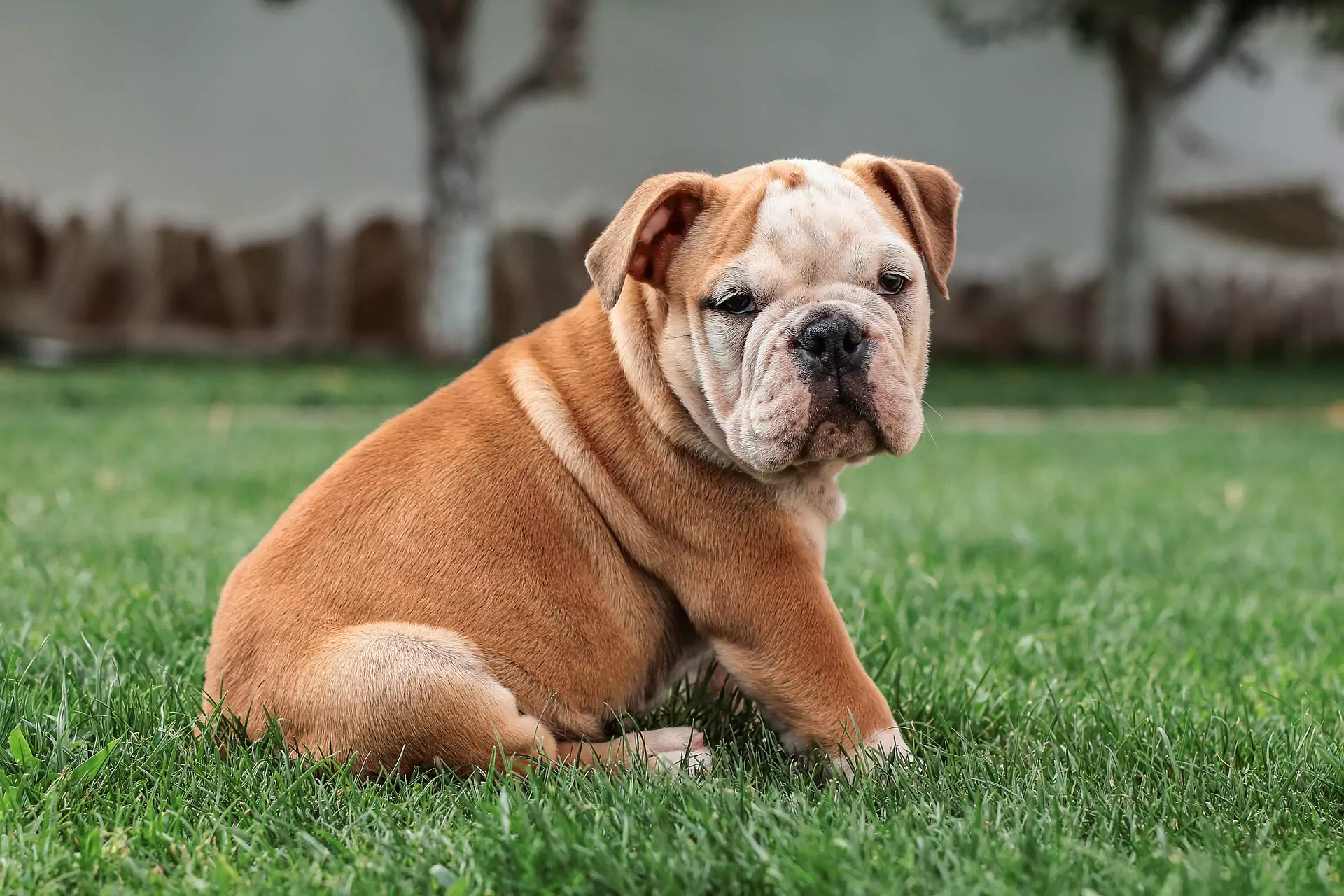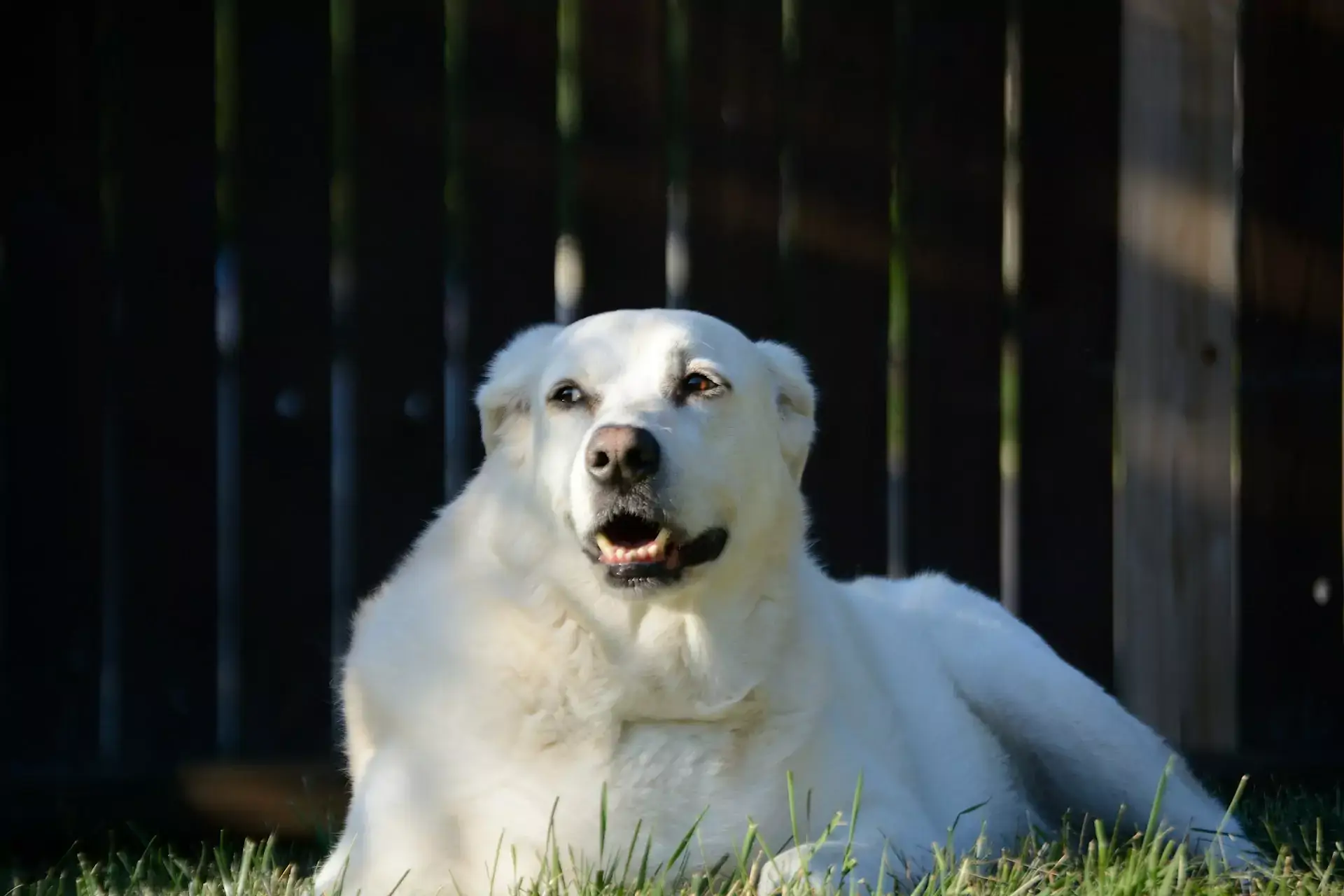Is your feline companion sporting long hair? While all cats are adorable, longhaired kitties are super cute. There aren’t many drawbacks to owning an adorable pet, but there is one: you will need to assist your furry buddy with her grooming routine. Continue reading to learn how to care for a longhaired cat from a local Ashland WI veterinarian.
What Are Some Long-Haired Cat Breeds?
The International Cat Association now lists 73 different cat breeds. We think they’re all cute!
Here are some of the floofers on the roster:
- Siberian
- Ragdoll
- Maine Coon
- Norwegian Forest Cat
- Birman
- Persian
- Himalayan
- Turkish Angora
- Bengalese
- Turkish Van
- British Longhair
Of course, there are plenty of fluffy crossbreed kitties, as well as several with medium fur.
Are Longhaired Kitties Hard To Care For?
Longhaired cats, for the most part, require the same level of care as regular cats. Fluffy will require nutritious food, a clean litterbox, a comfortable home, and, of course, regular veterinarian care. That’ll cover the fundamentals. To get that engine running, you’ll need to supply love, toys, and lap space. (Catnip, sunbeams, and boxes will also delight your feline master.)
The only difference is that Fluffy will require help with grooming. Cats are naturally clean creatures. This is one of the best things about them, aside from the fact that they are adorable, cuddly, entertaining, and fun. Your kitty will take time out of her hectic daily napping schedule to clean herself and maintain her coat. That can be a bit much for fluffy cats, though.
Brushing your pet on a regular basis will go a long way here. This will not only make things easier for Fluffy, but also for you, because you won’t be finding cat fur everywhere. That brush will remove any loose fur before it sticks to your sofa, your bed, or your clothes.
How Do You Groom A Longhaired Cat?
Brushing Fluffy is straightforward, as long as she does not object. Wait until your feline companion is comfortable and relaxed. (Given how much time cats spend napping, this shouldn’t take too long.) If your kitty is a lap cat, wait until she has draped herself across your lap. Simply begin petting her, moving your hand in the direction of her fur. Then, add the brush.
Many cats like having their coats brushed. It most likely makes Fluffy think of when she was younger and her mother groomed her. Bonded felines frequently groom one another. Cats are not the only animals that do this; horses, primates, and birds do it as well. Do not be startled if your pet begins purring or maybe licking your hand. Your pet may be trying to groom you back!
Of course, our feline friends are all unique. Grooming can be enjoyable for some cats. Others? Not much. You don’t want to force it. If your pet will only endure a few brush strokes at a time, space those sessions out. Don’t try to restrain her. That will simply make her even less willing to be groomed in the future. It’s also an easy way to get scratched.
Aside from that, we’d like to point out that you should strive to brush your pet’s full body rather than just her back. Longhaired cats frequently get tangles in their ‘armpits,’ so Fluffy may require additional help there.
How Frequently Should You Groom Your Longhaired Cat?
In most circumstances, you should brush your cat once or twice weekly. If your cat has a lot of fur, brush her every day. Older cats may also require more frequent brushing.
Should I Bathe Fluffy?
You should not have to bathe your kitty. However, if you have a kitten, it’s a good idea to familiarize him with the process. That way, if something gets stuck in their fur, you’ll have an easier time of it.
There are a few caveats here. (Perhaps we should say catveats.) The most important thing is not to bathe your pet too frequently. This would cause her skin and fur to lose their natural oils. This could result in her looking dry and frizzy. Furthermore, it may irritate her skin.
It’s also critical to employ the proper products and practices. Get a mild shampoo specifically designed for cats. People-sized ones are too strong for Fluffy. Also, use lukewarm water instead of boiling water. Finally, avoid getting suds in your cat’s eyes, ear, nose, or mouth. To rinse, use a pitcher. Simply use a face cloth to clean your cat’s head.
Something else to consider? Never give a matted cat a bath. That will only make things worse!
What Should I Do If My Cat Gets Matted?
Mats are frequent in fluffy cats. Older cats are often quite likely to develop them. There are a couple of reasons behind this. For starters, as your pet ages, it will become more difficult for her to bend and stretch. Furthermore, the skin of elderly cats may produce more oil than that of younger kitties. This can also lead to matting.
However, matting can sometimes indicate medical problems. If your kitty companion is getting a lot of mats, speak with your Ashland WI veterinarian.
Gently remove any mats from your cat’s fur. You should avoid pulling too hard. Cat skin is highly sensitive and easily ripped. You may have to put forth some effort. Pet and treat your cat to reassure her.
Begin at the mat’s end. You could wish to apply a detangling spray. We propose purchasing a special mat-removing comb.
Shaving may be necessary for severe matting. You might be able to get a little one out yourself, but larger mats would necessitate a trip to the vet or groomer. When cutting mats, be extremely careful. You don’t want to cut your furry pal!
Should My Cat Be Shaved?
Sometimes cats need to be shaved. This is frequently the case when cats become too elderly or ill to care for their fur. Chubby cats also struggle to bend and extend far enough to reach their full bodies.
This is not something to do at home. Consult your vet or groomer!
Are Long-Haired Cats More Likely To Get Hairballs?
Hairballs are an unintended consequence of one of Fluffy’s best characteristics: her cleanliness. When washing herself, your furry little diva will invariably ingest some of her own fur. Unfortunately, cats are unable to digest their own fur. We won’t go into detail about what occurs next, except to say that it’s not the best part of having a cat.
Hairballs are more than simply an unpleasant inconvenience. They can be dangerous. Kitties are sometimes unable to get rid of hairballs in the typical way. If the hairball becomes caught in Fluffy’s gastrointestinal tract, it may create a blockage, which may be excruciatingly painful and hazardous. This is another reason why grooming longhaired cats is critical.
Nutrition is also important. Make sure that your feline companion receives sufficient nutrition and has access to fresh water at all times. If your pet seems to be having a lot of hairballs, consult your veterinarian.
Schedule an Appointment at Our Ashland WI Pet Clinic
Do you have any queries about taking care of a longhaired cat? Call us, your Ashland WI veterinary clinic, today!




